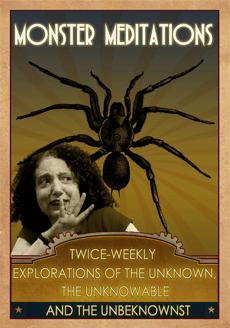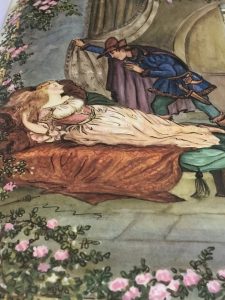We’re into the second decade of the 21st Century and gender issues are all over the news—again. This time the issue is a redux/re-thinking of the recent, and logical, determination that trans students can use the bathrooms assigned to their gender identity. The old requirement that everyone must stick to the “facts” as stated on their birth certificate is returning, this time wrapped in a states rights argument meant to undermine the federal Title 9 mission of equality for ALL students.
This new controversy inspired me to think about the rigid gender roles in fiction. The pink & blue divide is alive and well in books, on TV, and in the movies. Yes, women can, and are, depicted as heroic, strong, and brave, but those roles are often portrayed as exceptional. Just as the emotive, sensitive, intuitive, brains-before-brawn, men represent outliers in a cast of characters. It’s hard not to applaud Katniss Everdeen, the protagonist in The Hunger Games series, because she is everything we expect from a classic (aka male) heroic figure.
While science fiction, fantasy, and adventure genres feature more expansive rosters of characters, fiction with less dramatic dramtis personae reveals more about our backsliding into a binary male/female divide. Turn the sound off when you’re watching TV and note the differences in how men and women in comparative roles dress. Male plainclothes detectives always wear suit jackets (often baggy and always unobtrusive) while their female colleagues wear tight sweaters or sleeveless tops with fitted trousers. Note the short skirts, cleavage, high heels, long tresses of high-maintenance hair, etc. and you’ll conclude that a woman attorney on TV has a hairstylist on call and a fashion budget comparable to her rent.
Even as women in real life make inroads into formerly all-boys club professions, in fiction you will rarely find women dentists, a medical office without a man, a woman in IT, women mathematicians, engineers, etc. Although there’s still a dearth of women CEOs in major corporations, I keep reading articles about the growing number of women entrepreneurs worldwide and how women owned/founded businesses outperform comparable businesses started by men.
Maybe one day I won’t notice when a woman in a book is exceptional—when she exists outside conventional stereotypes? But for now, I’m aware of how the pink & blue divide is highlighted in many works of fiction and how easy it is to write characters that stay inside outdated lines.






I’ve had quite a few medical appointments lately and my stomach turns at all the pink paraphernalia geared toward women. On the one hand, I get taking ownership of all that is pink, but on the other hand, I just can’t get past all the associations the color has for me: princess, girlie, etc. I don’t identify with at much at all.
I can wear “ironic pink” but the girlie girl stuff just reminds me of how much I didn’t like Disney princesses as a child and how their reign continues. The rise of coordinated commercialism of toys & entertainment does a dance with the PINK & BLUE divide. It’s a waltz with the little girls and an adventure dance for boys. Didn’t all of this get overridden in the 70s? Ah well…
As an adult, I’m more concerned with the perpetuation of the exceptional nature of the heroic woman, of the top dog woman, of the leader who happens to be a woman… Reality is ahead of fiction in some fundamental ways. It’s too easy to write and to accept the default to the old stereotypes and they are all around us—even as women make inroads into formerly held male bastions of power. It’s interesting. We’ve come a long way and we have a long way to go.
Interesting post, Candy. I think stereotypes continue to abound in fiction because they are ‘shortcuts’ that evoke instant understanding, just like other cliches. Plus I think a lot of people are confused about how a ‘strong’ woman is supposed to act. In sci-fi, the strong woman often comes across as a man in pink. I think we need to show that empathy is a strong survival trait, for both men and women. And I think we need to redefine courage away from the XXX model of male, fearless gung-ho, to the model of Sydney Carton from A Tale of Two Cities.
YES!
I agree that “short cuts” are a source of all too many stereotyped characters. It’s amazing sometimes, because ART often leads and in this case it seems to be falling behind reality.
Empathy as a survival trait for both men and women is an advanced societal concept, and the 21st century is ready for it. The courage to speak your mind instead of slamming a fist into someone or pulling a gun because you have advanced to a point where you feel empathy for those who disagree with you is particularly poignant right now. In the U.S. our polarized politics make it very important to remind everyone to “walk a mile in the other person’s shoes” and, if you can’t do that, at least practice tolerance until you, and it, can grow into empathy.